Shark River Inlet

- Type:
- smallish tidal river inlet with stone jetties or bulkheads on both sides
- Depth:
- 15 ft
This inlet has an L-shaped jetty on the north side and a longer straight jetty on the south side. Both jetties are made of loose stones - hardly any concrete - and the bottom is sandy and usually clean. You can walk over the bridge from one side of the inlet to the other in about five minutes.

The north side has an easy giant-stride entry into deep water under the bridge, and small rocks to climb out on. For this reason, it is often overrun with O/W students. The south side has a more difficult climb down or up the rocks. Don't do a stride off the concrete wall - you could be impaled on sharp rusty rebar. On both sides, it is possible to climb up the rocks almost anywhere in a pinch, although it may not be easy.
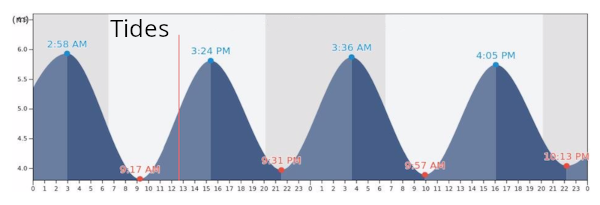
If you get in early, you can ride the current upstream, and then back to your starting point when it reverses. If you are late, you can ride the current out past the end and swim around to the beach, although obviously, this will mean slogging across the sand.
The south side is more interesting than the north side. Around the bridge and for quite a ways upstream, there is a steep rocky slope below the large jetty stones, down to almost 30 feet. This can harbor all kinds of small creatures, and gets covered with a riot of colors by fall. I have seen this area in bright sunny clear conditions and would compare it to a Caribbean wall dive, but days like that are rare. There are also deep spots under the bridge where larger fishes may congregate.
By comparison, on the north side, the jetty stones meet the sandy bottom directly, except where they are replaced by a bulkhead upstream. Directly under the north side of the bridge used to be quite a bit of rubble and debris that could be searched-over, but most of it has been removed by misguided river clean-ups, leaving a much more barren environment. Downstream from the bridge, both sides are pretty much the same - big rocks meeting a sandy bottom; the north side might be a little better for lobsters.

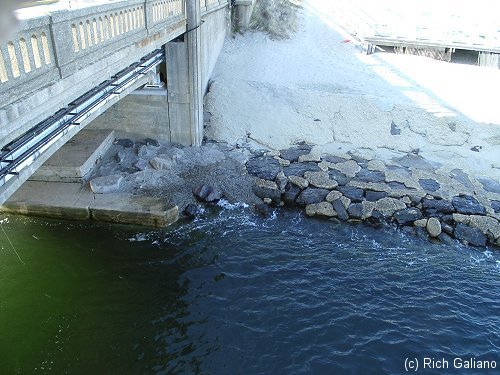
This is my favorite shore dive. The river is generally clean and the visibility is decent. Early in the season, you can catch quite a few lobsters here, but it seems to tail off as the water warms, and by mid to late July it is over. There are also crabs, smallish fluke in the sand, eels, small Blackfish, the ever-present cunners, tropicals late in the season, and all the free fishing sinkers you could want.

Parking is free in Avon on the north side, metered in Belmar on the south, and can be hard to find close by. Either way, you will have to hike a short way with your gear to get to the water. There is a 7-11 store not far south of the bridge where you can get ice, etc; and there are showers on the north side.
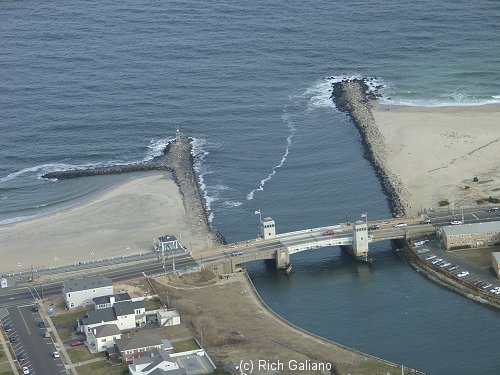
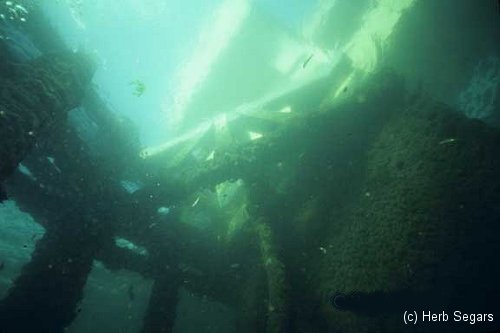
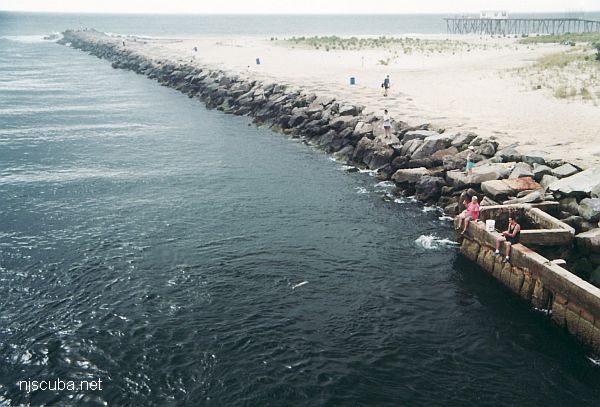
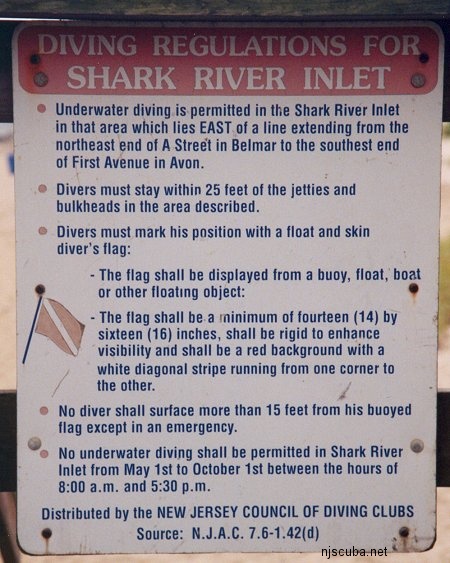


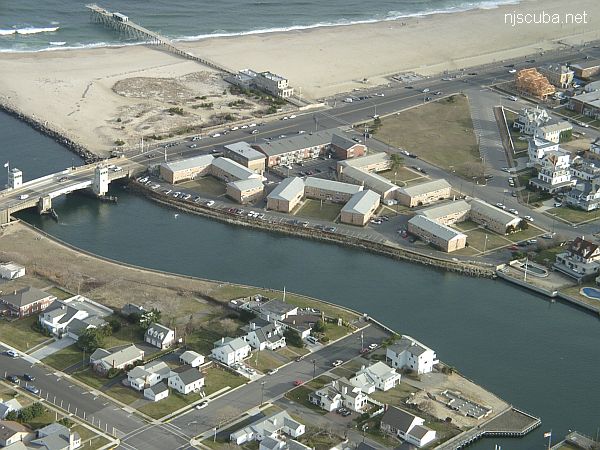
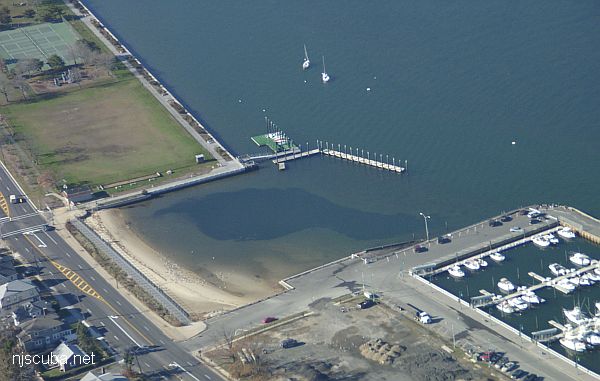
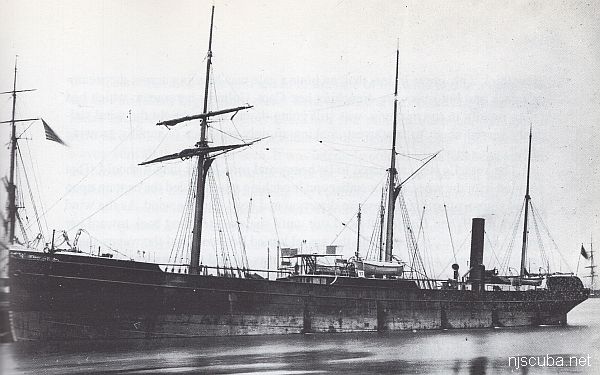
Questions or Inquiries?
Just want to say Hello? Sign the .